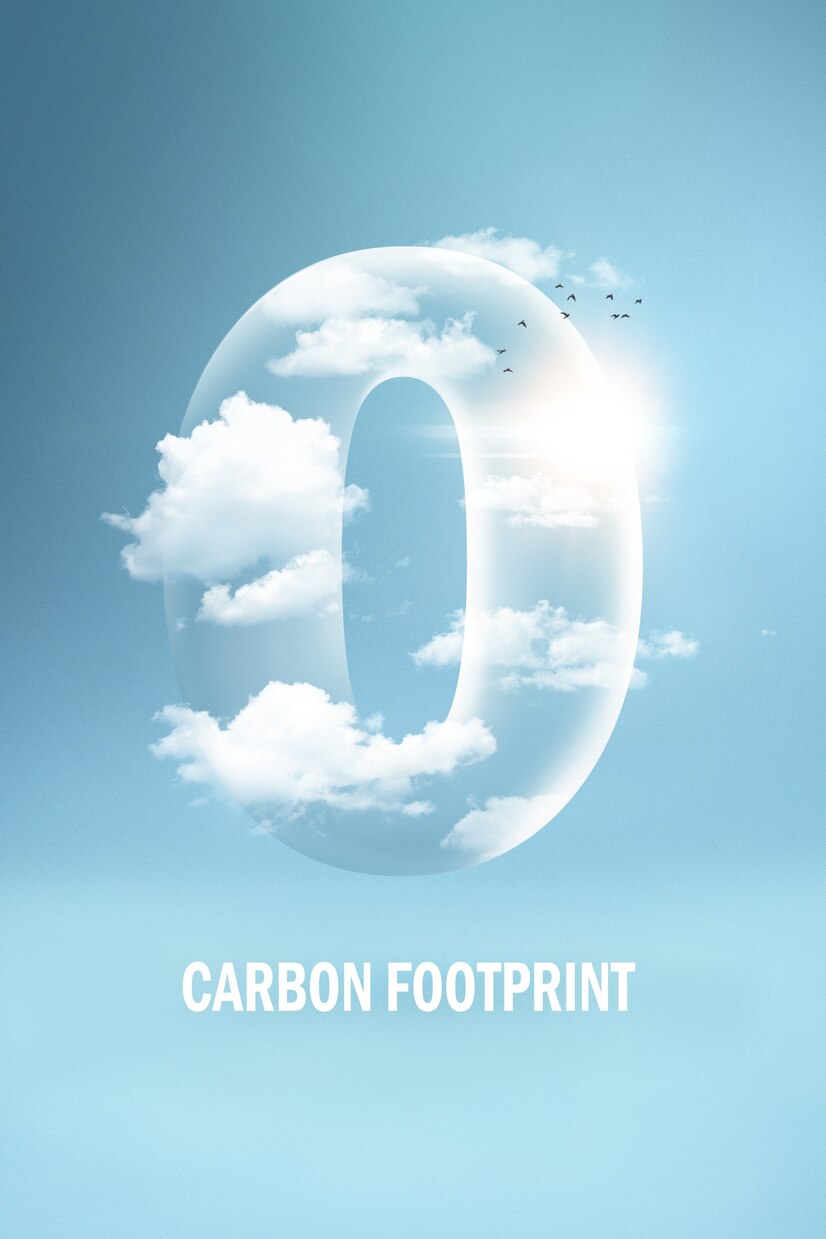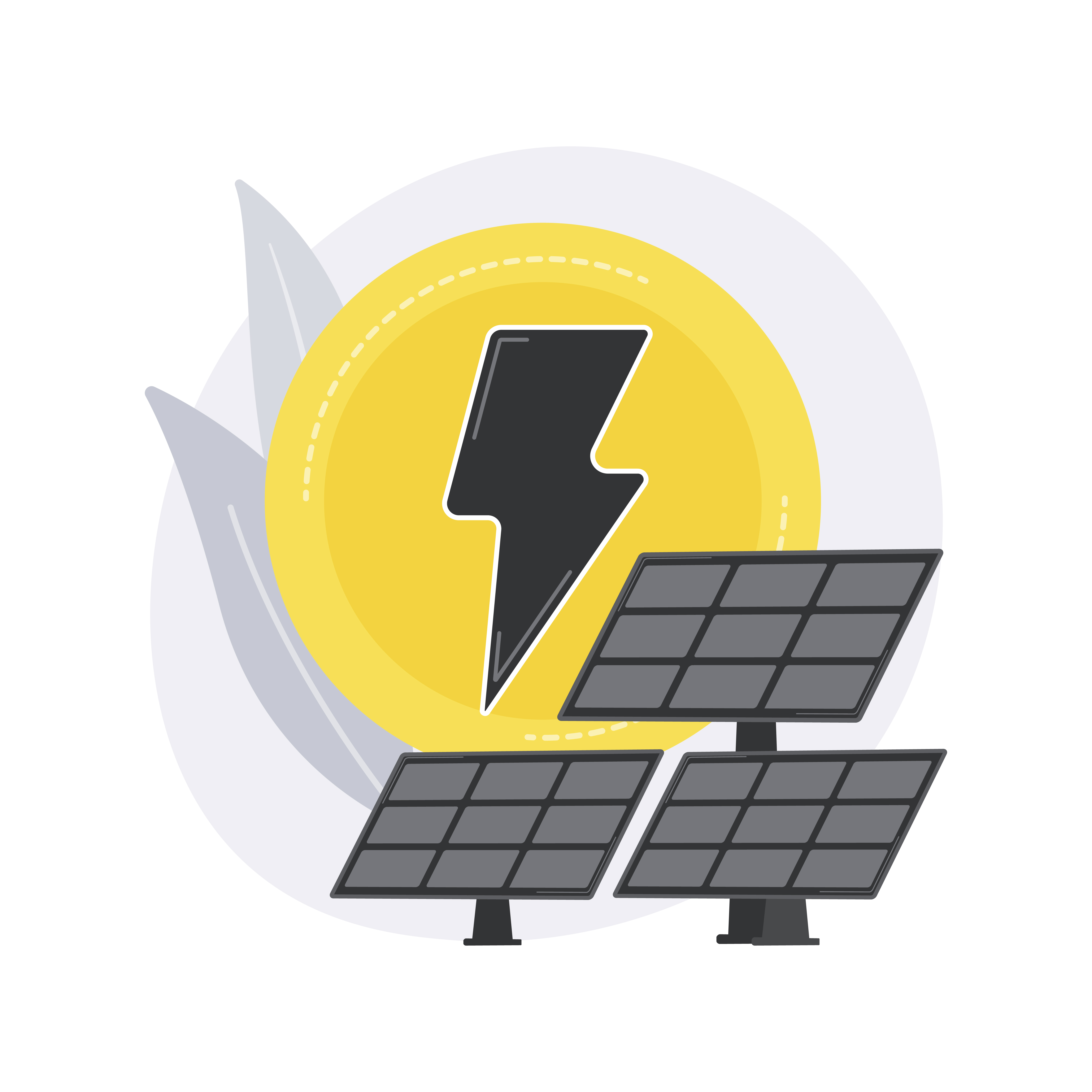The Philippines has the third largest geothermal energy capacity behind the United States and Indonesia, with a current capacity of 1935 Megawatt. This article will discuss geothermal power, dealing with the Philippines government’s ambition and strategy, upcoming geothermal power plants and the key players in the country.
It will also shed light on the challenges of deploying this energy source. The Philippines does not have a net zero target, but it plans to attain at least 50 per cent of its power generation needs from renewable energy sources.
Ambition & Strategy:
Geothermal energy contributes about 12 per cent of the Philippines’ energy needs, and it plans to double it by 2040. The Department of Energy has short-term targets of 288 Megawatt by 2025 and 900 Megawatt by 2030. It plans to build 1371 Megawatt of geothermal capacity by 2030, thereby increasing total geothermal energy capacity from 1900 Megawatt to 3200 Megawatt.
With the Philippine Energy Plan 2016-2030, geothermal energy should account for 40 per cent of total renewable energy capacity by 2030, and the geothermal target for 2040 is 4000 Megawatt. The government has launched various policies to promote geothermal power, including Renewable Portfolio Standards, the Green Energy Option Program, the Enhanced Net Metering Program, and the establishment of a Renewable Energy Market.
In 2020, the government also announced 100 per cent foreign ownership in projects of $50 million or more.
Upcoming Geothermal Power Plants:
- Kalinga Geothermal Power Plant, located in the Cordillera Administrative Region, is being developed by Allfirst Kalinga, Aragorn Power, and Energy and Guidance Management at a $300 million investment. It is to begin
construction in 2025, enter commercial operations by 2026, and has an operation capacity of 120 Megawatt. - Bacon Manito Geothermal Power Plant, located in Bicol, is being developed by Energy Development at a $610.4 million investment. It is to start construction in 2024 and begin commercial operations by 2025 with an
operation capacity of 140 Megawatt. - Tanawon geothermal power plant, located in Sorsogon city, is being developed by Toshiba Energy Systems & Solutions Corporation, Toshiba Philippines Incorporation is in partnership with Bac-Man Geothermal
Incorporation. It is to begin operations by November 2024, and due to its small size, the geothermal power plant has a capacity of 20 Megawatts. - The Tiwi Binary Power Plant facility, situated in Tiwi, is currently under development by Ormat Technologies Incorporation and Desco Corporation. It will generate 17 megawatts of electricity by extracting heat from geothermal brine without building new wells, and it is to be completed by 2023.
Key Players:
- Philippine Geothermal Production Company, based in Tiwi, Albay, operates Tiwi and Mak-Ban geothermal steam fields.
- Energy Development Corporation, based in Pasig, is a green energy supplier and leader in geothermal production with 1185.40 Megawatt of installed capacity.
- National Power Corporation, based in Quezon City, is a government-owned electric utility company which supplies electricity throughout the country.
- Aboitiz Power Corporation, headquartered in Taguig City, is in power generation, distribution, and retail electricity services.
- Aragorn Power and Energy Corporation, a head office in Makati City, is engaged in energy resource exploration and development.
Challenges:
- The first obstacle to scaling geothermal energy in the Southeast Asian nation is lengthy permitting policies which delay projects, thereby affecting the Philippine government's potential to deploy the technology at scale.
- The second problem is that the incentives for foreign investment in the country are unattractive, limiting the Philippines' ability to tap and harness the potential of the emission’s free energy resource.
- The third issue is the high upfront costs and risks in exploration as they are short-term impediments, and government support is required to overcome them.
Conclusion:
In this piece, I have talked about the Philippines’ geothermal energy capacity and the government’s ambitions and strategy concerning deploying the technology at scale. I have identified five upcoming geothermal energy projects and the top five companies in this sector. Additionally, I have addressed three key challenges to unlock the
untapped potential of geothermal energy.
In conclusion, I believe the steps taken are heading in the right direction, and now we await to witness whether the government achieves its renewable energy goals.
End Notes:
- https://www.thinkgeoenergy.com/thinkgeoenergys-top-10-geothermal-countries-2022-power-generation-capacity-mw/
- https://spectra.mhi.com/digging-into-asias-ring-of-fire-for-net-zero-energy
- https://www.eco-business.com/news/amid-shifting-winds-geothermal-maintains-shaky-dominance-in-philippine-renewables-sector/
- https://www.thinkgeoenergy.com/pgpc-plans-5-new-geothermal-projects-in-the-philippines/
- https://www.power-technology.com/marketdata/power-plant-profile-kalinga-geothermal-power-plant-philippines/#catfish
- https://www.mordorintelligence.com/industry-reports/philippines-geothermal-energy-market
- https://www.energy.com.ph/who-we-are/
- https://www.apcaragorn.net/index.php/home/our-company/10-home/subsidiaries/11-aragorn-power-and-energy-corp-apec
- https://www.bworldonline.com/opinion/2022/08/03/465843/making-net-zero-a-reality-in-the-philippines-sooner-rather-than-later/
- https://www.energy.com.ph/2021/09/29/geothermal-in-the-philippines-an-urgent-revamp-of-targets-and-development-needed/
- http://wikimapia.org/24835798/Cagua-Baua-Geothermal-Power-Plant
- https://www.thinkgeoenergy.com/increased-government-support-needed-for-geothermal-in-the-philippines/
- https://www.power-technology.com/marketdata/power-plant-profile-bacon-manito-geothermal-power-project-philippines/
- https://www.thinkgeoenergy.com/toshiba-ess-to-deliver-power-generation-system-for-tanawon-geothermal-project-philippines/
- https://www.thinkgeoenergy.com/construction-commences-on-17-mw-tiwi-binary-geothermal-plant-philippines/





